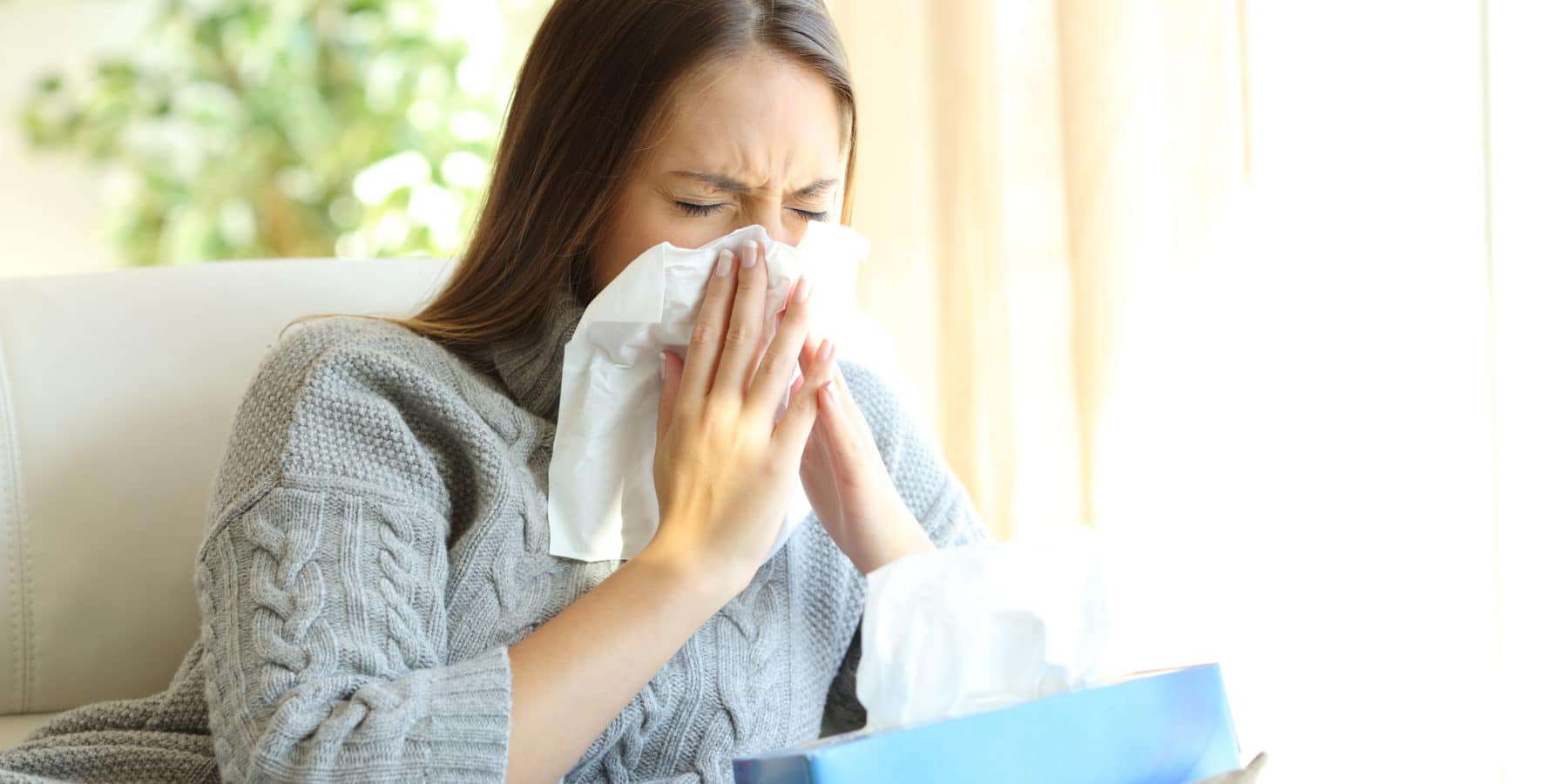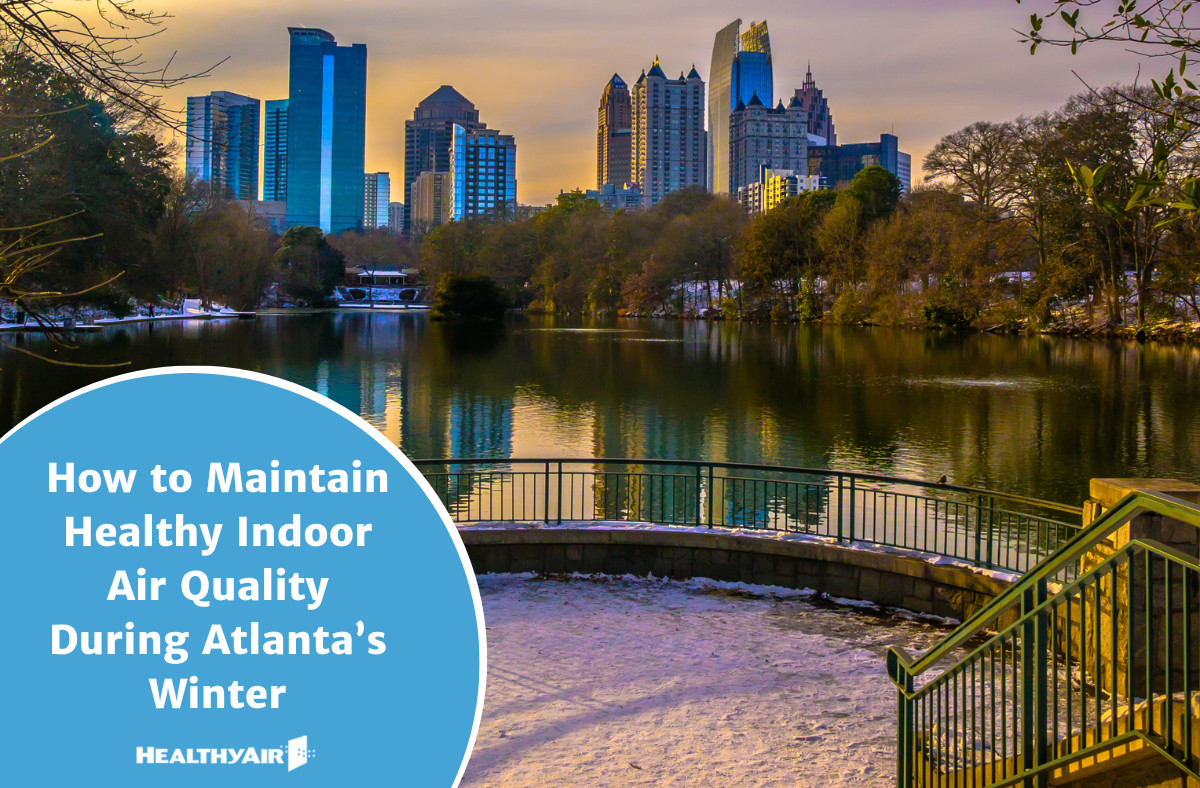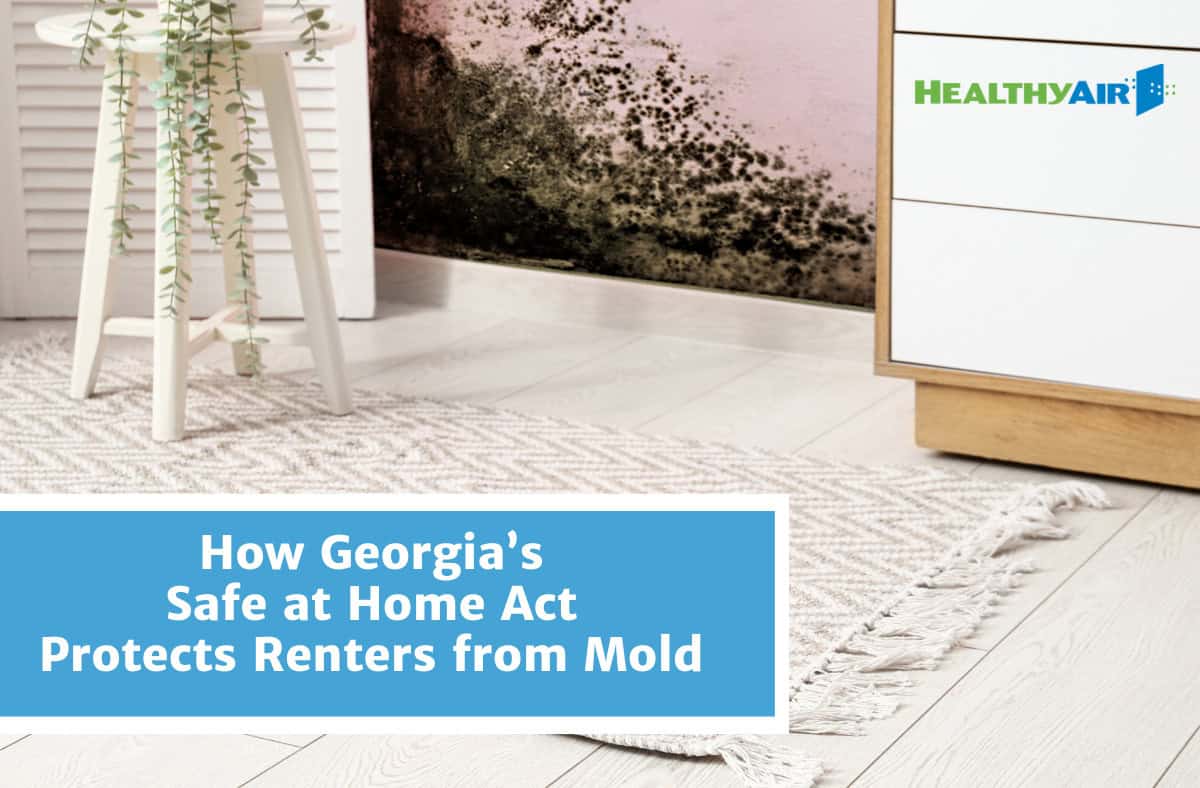How to Tell If You Have a Dust Allergy

Understanding the Signs of a Dust Allergy
What is in your household dust? Moreover, how do you know that you have a dust allergy? Your allergen-related questions – answered!
Some of Your Dust Comes from the Outside
The dust that you see on your bookshelf is not all from just the inside. Some of it you and your pet tracked in when you came home from a walk. These are tiny particles of pollen, soil, and sand that stuck to your shoes or the dog’s paw pads. Next, there is the dust that comes from the interior of the home.
It involves fibers from the carpeting, the towels, or the bedding. Your pet’s dander and your dead skin flakes also contribute. Next, there are dust mites that ingest the organic dust components. Their feces and exoskeletons – these mites only have a life span of about two months – contribute to the dust as well.
Your Dust Allergy Might Be Related to Different Allergens
The most common culprit is the dust mite. Dust mites cause various allergic symptoms. Besides, they aggravate asthma attacks. In particular, the accumulation of the animals’ digestive enzymes in their feces triggers allergic reactions in susceptible people. Pollen is another allergen that can also contribute to attacks.
Telltale signs of an allergy related to the dust in your home vary.
- Flare-ups after cleaning. You’ve vacuumed, dusted, and shaken out the pillows. If you look in the stream of sunlight that comes through the curtains, you see motes of dust floating in the air. You might have the worst allergy symptoms right after you send dust particles airborne.
- Allergy symptoms worsen on humid days. When the inside of the home feels muggy, your allergy symptoms worsen. Conversely, when it is dry inside, they seem to retreat a little.
- Dust allergy symptoms follow a predictable pattern. It begins with sneezing and congestion. Your eyes tear up. If the allergy attack is particularly severe, you experience shortness of breath.
Remove Allergens from the Air You Breathe
There is good news, too. While you might not be able to banish dust from your home completely, you can render its allergens harmless. Case in point is the presence of dust mites. They do not thrive when your home’s humidity levels fall to between 40 and 45 percent. Getting to a steady indoor humidity level is possible with a dehumidifier.
Next, encase your mattress and pillows in allergy-proof cases. They prevent an infestation of the linens. Wear a disposable painter’s mask when vacuuming and dusting. For pollen, mold spores, and dust mite removal, invest in an air purification system. HEPA filtration captures particulate matter that floats in the air you breathe.
Find the Right System That Works for Your Home
Combat your dust allergy with the help of the experts at HealthyAir USA. There is a wide variety of HEPA products as well as dehumidifiers. Install systems that are customized for your home’s size and setup. We gladly send our technicians to test your in-home air to show you what you are breathing daily. From there, you have the facts you need to plan your next steps. Contact us today!



